Explore the Best AI Image Gallery
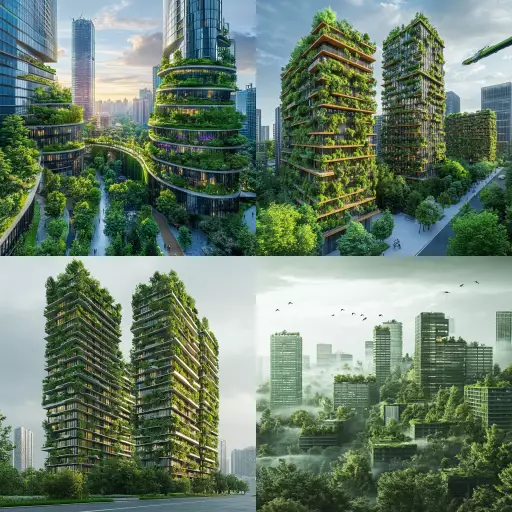
AI: The Artists New Muse - Transforming the Graphic Design Landscape
The world of graphic design is undergoing a seismic shift, driven by the rapid advancements in artificial intelligence (AI).
No longer confined to the realm of science fiction, AI is now a tangible force, reshaping the creative landscape and offering both exciting opportunities and complex challenges for designers. From generating visuals to streamlining workflows, AI is poised to revolutionize how we create and consume graphic content.
AI-Powered Design Tools: A New Arsenal for Creatives
The emergence of AI-powered design tools has empowered designers with a suite of innovative capabilities. These tools can:
- Generate original designs: AI algorithms can analyze vast datasets of images and styles to create unique visuals tailored to specific briefs or themes.
- Customize existing templates: Designers can leverage AI to personalize pre-designed templates, adjusting elements like color palettes, fonts, and layouts to match their brand identity or project requirements.
- Optimize designs for different platforms: AI can automatically resize and reformat designs for various screen sizes and resolutions, ensuring optimal visual impact across multiple channels.
- Suggest design improvements: AI algorithms can analyze existing designs and provide constructive feedback, suggesting tweaks to enhance composition, color harmony, or overall aesthetics.
Unlocking Efficiency and Creativity
Beyond automating tedious tasks, AI empowers designers to focus on higher-level creative endeavors. By streamlining repetitive processes, AI frees up time for:
- Conceptualization and ideation: Designers can dedicate more mental energy to brainstorming innovative concepts and exploring unconventional design solutions.
- Client collaboration and feedback: AI can facilitate smoother communication by generating design variations based on client input and streamlining the approval process.
- Personalizing user experiences: With AIs ability to analyze user data and preferences, designers can create more targeted and engaging visual experiences that resonate with specific audiences.
Navigating the Ethical Landscape
While AI offers immense potential, it also raises ethical considerations that demand careful attention:
- Bias in algorithms: AI models are trained on vast datasets, which may contain inherent biases that reflect societal prejudices. Designers must critically evaluate AI-generated outputs for potential bias and strive to mitigate its impact.
- Copyright and ownership: The question of copyright ownership for AI-generated designs remains a complex legal issue. Establishing clear guidelines and ethical frameworks is crucial to ensure fair attribution and protect the rights of both creators and users.
- Transparency and accountability: As AI becomes more sophisticated, its essential to ensure transparency in its decision-making processes. Designers should be able to understand how AI tools arrive at their outputs and hold themselves accountable for the ethical implications of their work.
The Future of Design: A Human-AI Partnership
Looking ahead, the future of graphic design lies in a harmonious collaboration between human creativity and AIs computational power.
Rather than replacing designers, AI will augment their abilities, enabling them to explore new frontiers of innovation and deliver more impactful visual experiences. The most successful designers will be those who embrace this partnership, leveraging AI as a tool to enhance their creative vision and push the boundaries of whats possible.

](https://images.ai-img.art/thumbnails/150/2fbd98ecfc425cfc1597779121e1c0305437067779e9c471eb64ff9615d5be98.webp)


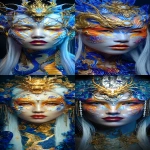







](https://images.ai-img.art/thumbnails/150/485c8b1c747827bdc9a962f8a1919b3c259b18dd263b260208a1eae19fb85e07.webp)




](https://images.ai-img.art/thumbnails/150/5197af8969d850e2a43e141d41e482ccbceedebceb2a4caf9f098f943f9d1b0f.webp)
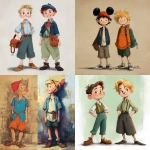

](https://images.ai-img.art/thumbnails/150/269414b0e541026702e9e67c67602c96162f37ff460a388b3b36314c8fc936dd.webp)
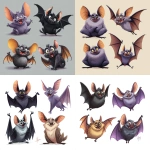








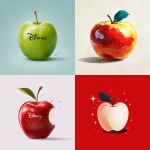
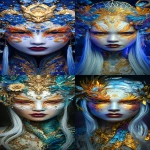







](https://images.ai-img.art/thumbnails/150/3020b8c2b6d9be07e042357107af1de10deb274a41d2b0f332684ad4b532a702.webp)




](https://images.ai-img.art/thumbnails/150/8d1fe5a7a49cfc96747182431a853357913286d89258383caab2d3b4681afcb5.webp)




